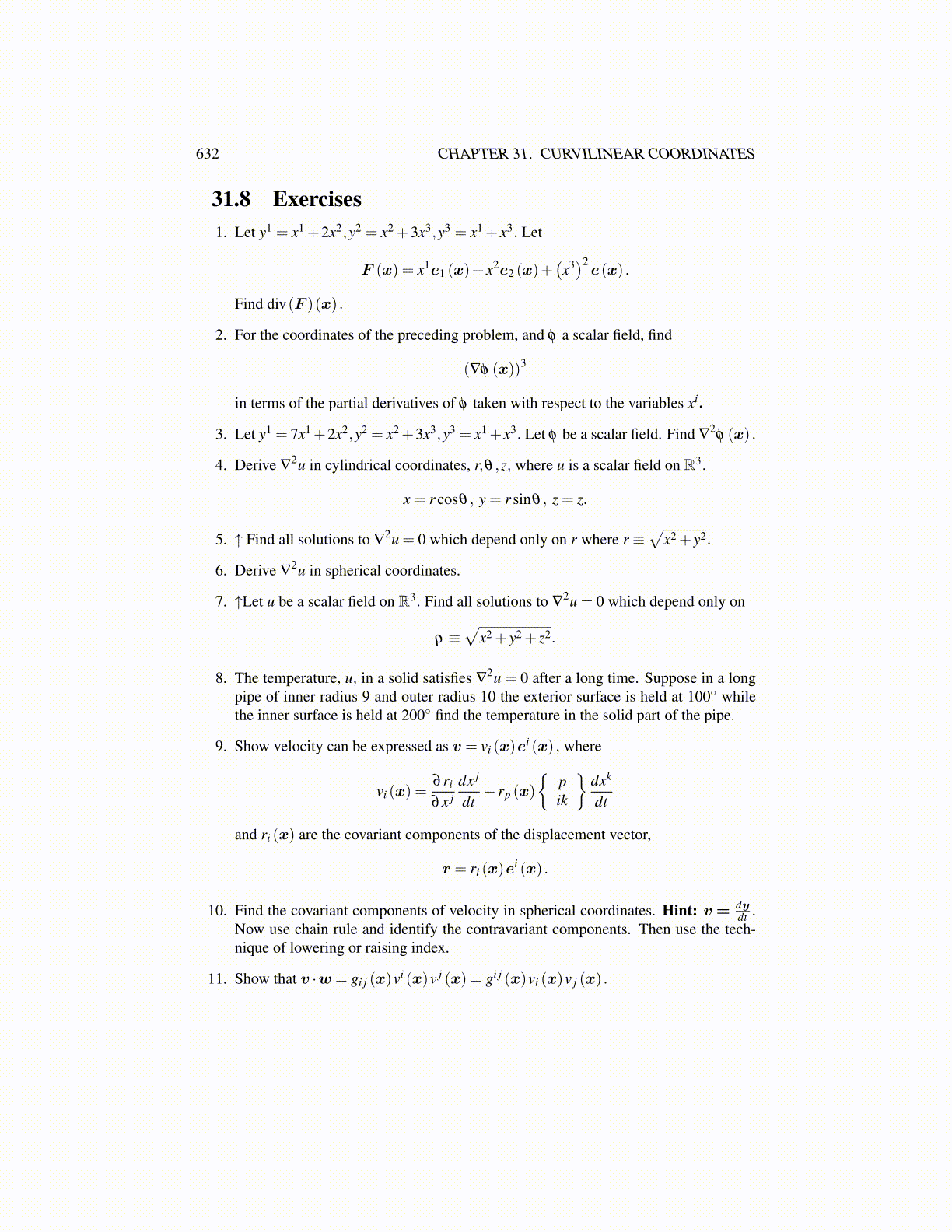
632 CHAPTER 32. MEASURES AND INTEGRALS
Let U be open and let B1 ≡ all sets of C1 which are contained in U . If B1, · · · ,Bkhave been chosen, Bk+1 ≡ all sets of Ck+1 contained in
U \∪(∪k
i=1Bi
).
Let B∞ = ∪∞i=1Bi. I claim ∪B∞ = U . Clearly ∪B∞ ⊆ U because every box of every Bi
is contained in U . If p ∈ U , let k be the smallest integer such that p is contained in a boxfrom Ck which is also a subset of U . Thus
p ∈ ∪Bk ⊆ ∪B∞.
Hence B∞ is the desired countable disjoint collection of half open boxes whose union isU . The last claim follows from the construction.
Note that there are countably many boxes in B∞ because they are disjoint, each containsan open set, and each of these open sets contains a point from the countably many Qp.
32.2 Simple Functions, σ Algebras, MeasurabilityThe Riemann integral, was defined in terms of step functions. One of these is of the form
s(x) =n
∑k=1
XIk (x)ck
where Ik is an interval. Typically we have non overlapping intervals Ik whose union is aninterval [a,b] and a step function has the value c1 on I1,c2 on I2 and so forth. We also knowthat ∫
s(x)dx =n
∑k=1
ck
∫XIk dx =
n
∑k=1
ck (length of Ik) .
In defining the Riemann integral, ck = f (xk) for some xk ∈ Ik and the integral exists whenthese approximate integrals approach a value as the lengths of all intervals converge to0. The maximum of all lengths was the “norm of the partition”. We think of s(x) asan approximation of a given function f . If f is continuous, you can verify easily, usinguniform continuity that the step function corresponding to a Riemann sum for the norm ofthe partition sufficiently small will be uniformly close to the function f and so the integralof the step function will be close to the integral of the function, the integral of the stepfunction being just a Riemann sum.
A simple function looks just like a step function except the intervals Ik are replaced withsets which might not be intervals and might not even have small diameter. In the Riemannintegral, this insistance of using the intervals results in not having f too far from beingcontinuous. If you develop things in terms of simple functions, leading to the Lebesgueintegral, all topological considerations are completely eliminated. This is why the Lebesgueintegral is so vastly superior and so much easier to understand and use. If
s(ω) =n
∑k=1
XEi (ω)ck
then ∫s(ω)dµ ≡
n
∑k=1
µ (Ei)ck